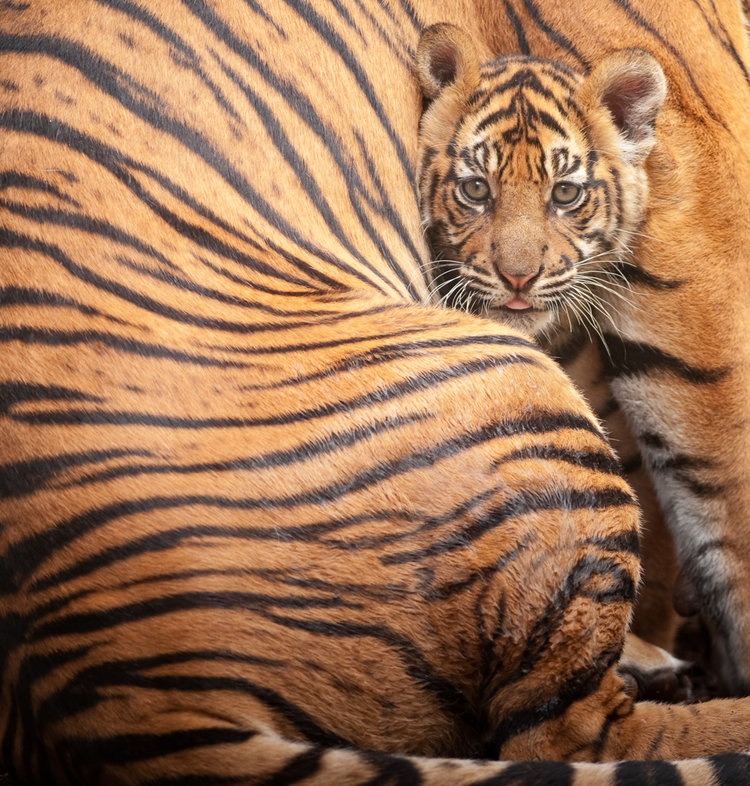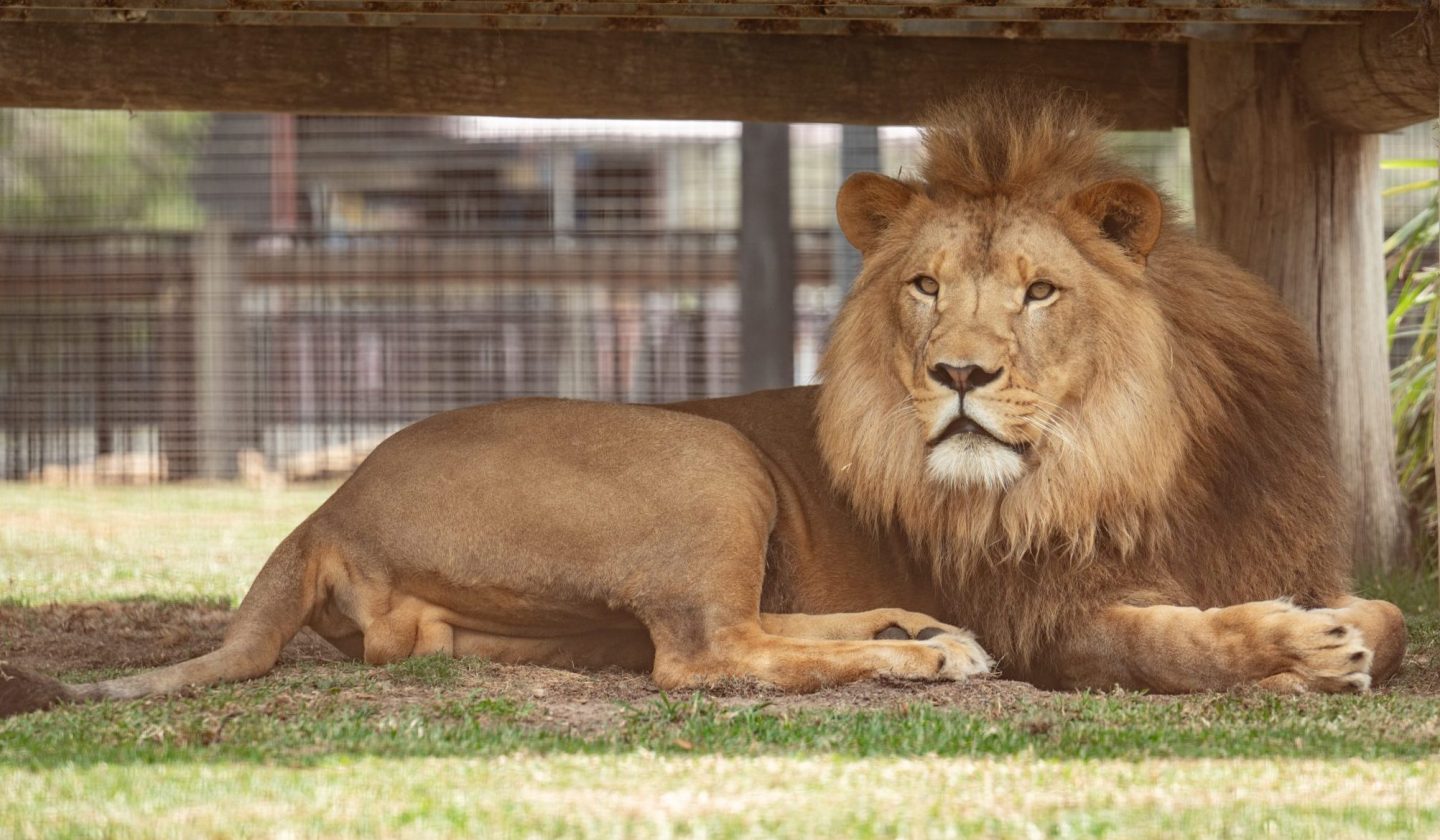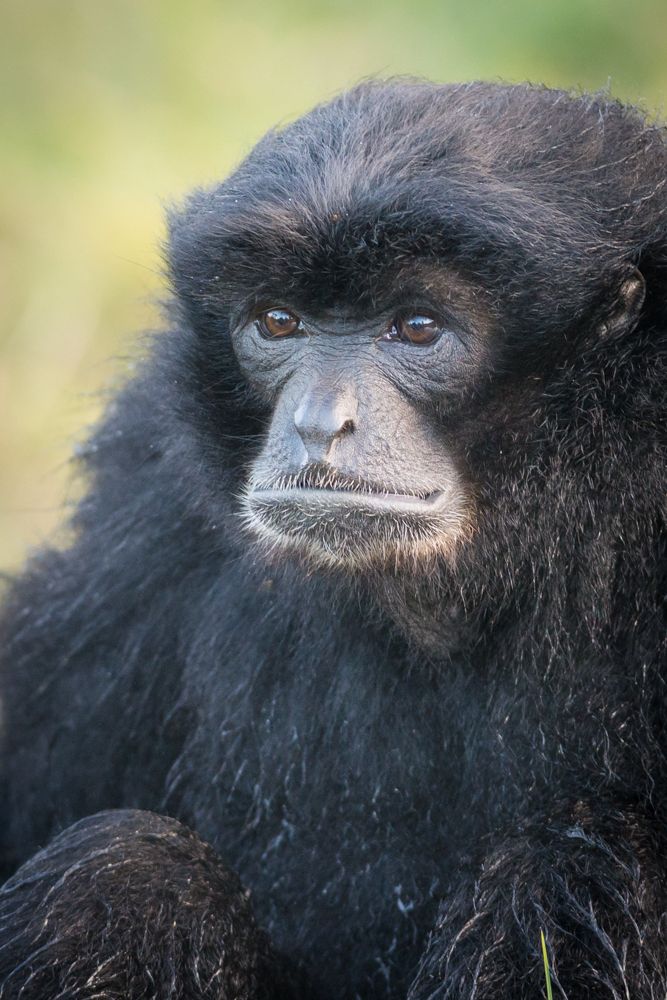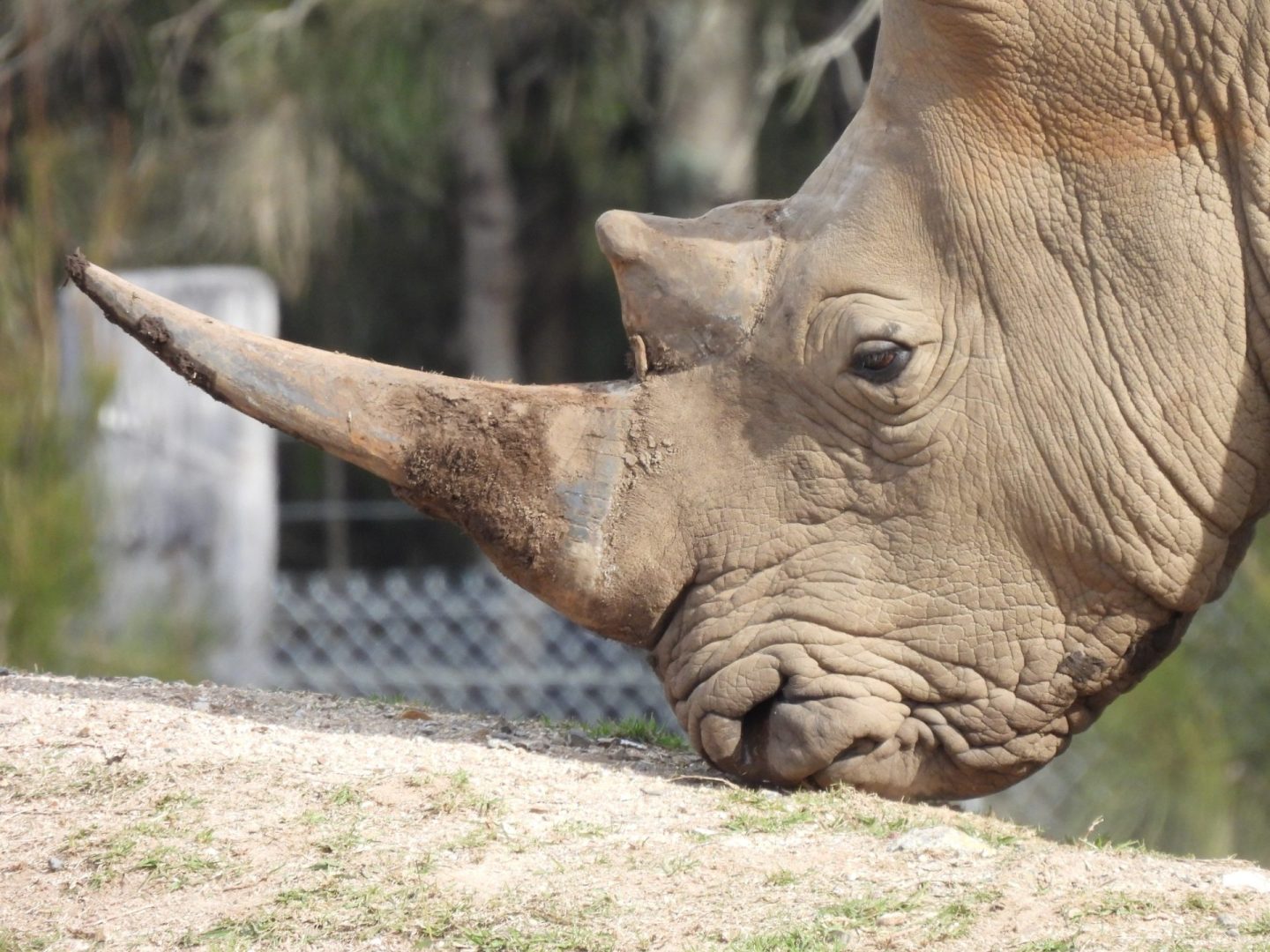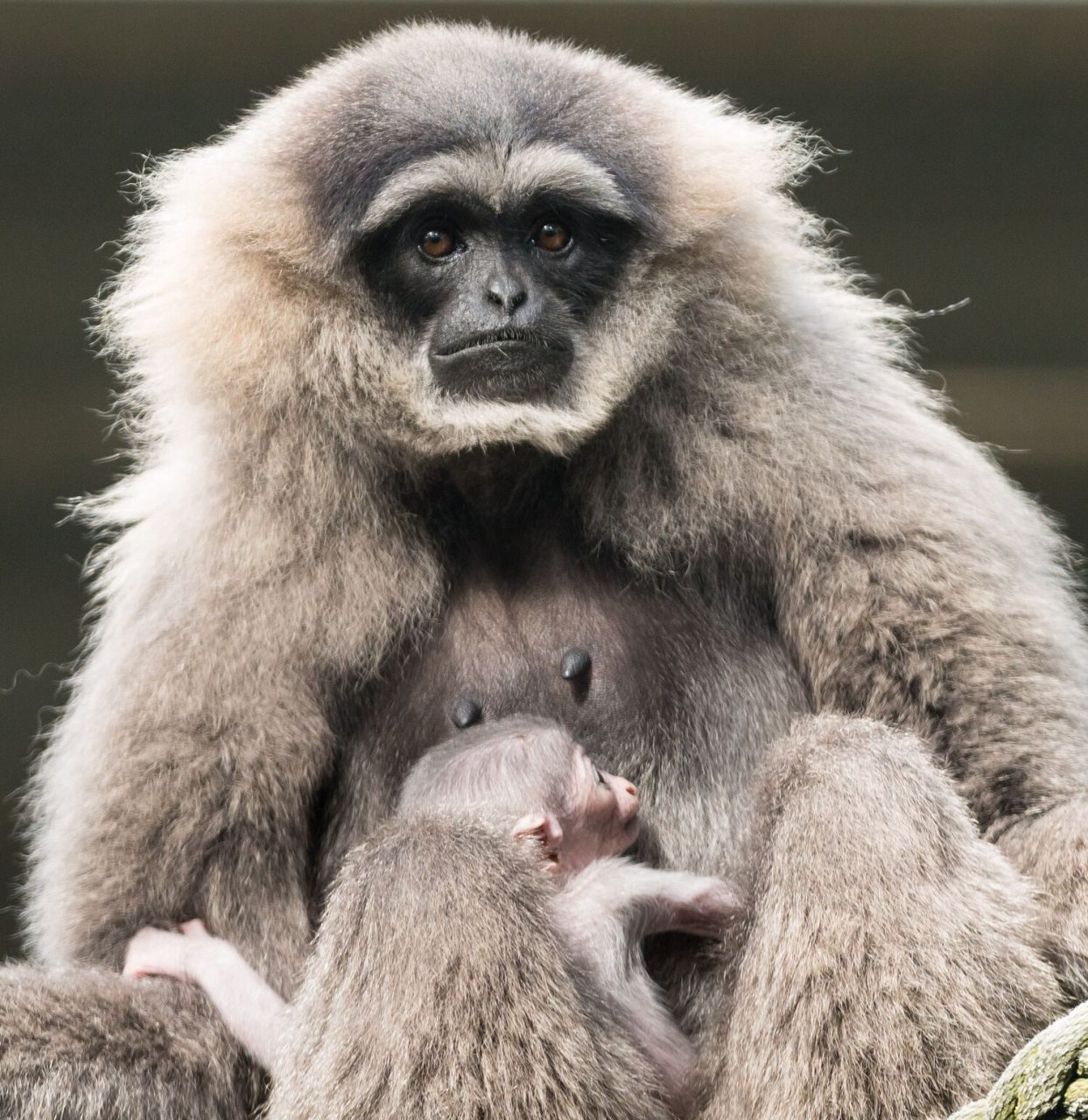WESTERN LOWLAND GORILLA
SPECIES: Gorilla gorilla



Gorillas are the largest of the primate family and the closest to Homo Sapiens, sharing 98% of our DNA structure. They live in family groups and are very sociable animals.
There are two main groups of Gorillas, Western and Eastern Gorillas, both with sub species.
Habitat
Primarily found in lowland tropical forest particularly where there is dense ground level herbaceous growth, swap forest with new growth and hot and humid with year round rainfall
Natural behavior
Gorillas are Diurnal; living in home ranges, which may overlap. Sleeping for about 13 hrs over night and resting for several hrs during the day. Generally peaceful, shy and amiable unless threatened, although males will beat chest with fists to intimidate or show strength. Gorillas build day and night nests on the ground using branches and leaves.
Distribution
Southern Sudan and southern Ethiopia, east of the Nile River to southern Angola and northern Namibia and northern South Africa
Diet
Primarily herbivores eating over 200 types of plants, also feeding on flowers, wood, bark, leaves, fruit and fungus.
Reproduction
No fixed breeding season and mating occurs throughout the year. Once born infants are carried by the mother and by 3 months are able to crawl and cling to their mother. Females provide young with transportation, food as well as protection.
Social structure
Gorilla group sizes average 10, called a troop, composed of at least one adult male, several adult females and their offspring. Groups are lead by the dominant male called a silverback. ( silverbacks have grey hair on their backs which develops with sexual maturity at around 11 years of age.) Mature males called ‘blackbacks’ are driven out by silverbacks and form bachelor groups or their own families with lower ranking females.
Threats
Commercial hunting, Habitat destruction, Disease; Ebola virus, illegal mining, adults poached for bush meat leaving orphaned youngsters to be subjected to the illegal pet trade.
ANIMAL FACTS
WESTERN LOWLAND GORILLA
Habitat
Rainforest habitats

Did You Know?
Unlike humans, gorillas have longer arms than their legs and can walk on their hind legs or all fours.
MEET OUR
ANIMAL FAMILY

stay in touch with Your Australian wildlife parks family
Stay up-to-date and subscribe to our newsletters
Your information is only utilised by Australian Wildlife Parks. For more information see our privacy policy.
MOGO Wildlife Park acknowledges Aboriginal people as the traditional custodians of the land on which our offices and operations are located, and we pay our respects to Elders past, present and future.
© 2019-2024 Australian Wildlife Parks • Privacy Policy • Disclaimer






